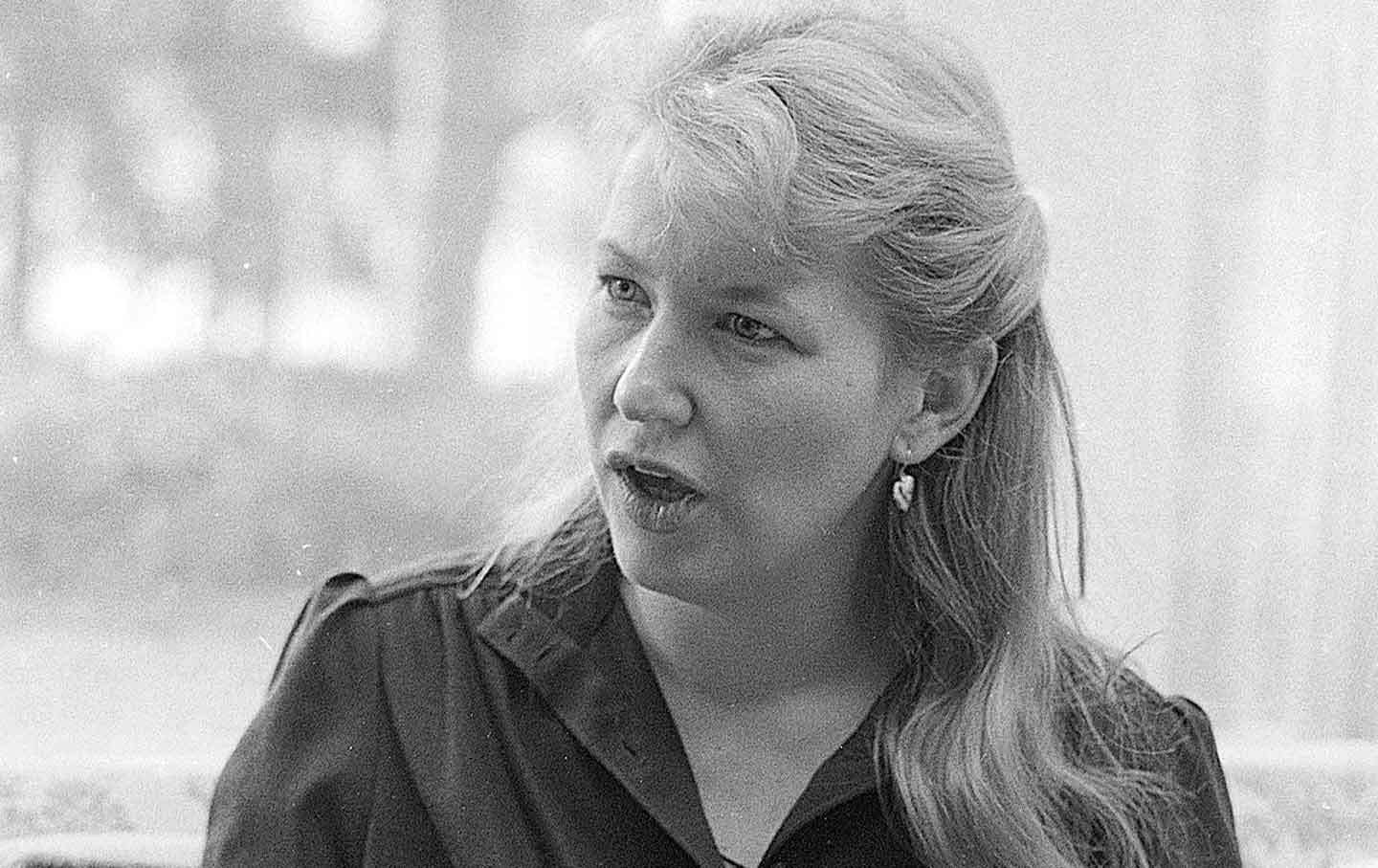

This migration from the particular to the general, from the "tamed" to the "dizzying", is the constant action of Pilgrim at Tinker Creek. In prose that was at once vernacular and visionary, she set out "to tell some tales and describe some of the sights of this rather tamed valley, and explore, in fear and trembling, some of the unmapped dim reaches and unholy fastnesses to which those tales and sights so dizzyingly lead".


Dillard did the same in Tinker Creek, Virginia.ĭillard's little valley - with its clouds, fences, bullfrogs, giant water-bugs, houses, red-tailed hawks with its messy entanglement of the human and the natural - allowed her to say all she needed to say about some very big questions. Thoreau, the greatest American parochialist, liked to remark that he had "travelled widely in Concord, Massachusetts". Rummaging the close-at-hand will always turn up beauty and wisdom. Geographical boundaries, according to this tradition, do not fetter the literary imagination, but magnify its powers. Yet Dillard's wanderings in and around her valley issued, eventually, into her great theological-pastoral-evolutionary-tragic-metaphysical-almanac, Pilgrim at Tinker Creek, which won a Pulitzer Prize in 1975.Īmerican literature has long had an affection for parochialism - the intense concentration on the local - as an artistic approach.

Hardly the landscape, one would think, to yield a classic of nature writing. The mountains which close off the valley's head are not nobly named: Brushy, Dead Man, McAfee's Knob. Down by the road, beat-up beer-cans roost in the bushes. Sassafras and ivy thrive in what she nicknamed "the weedfield" - a few acres of rough pasture. A felled sycamore trunk serves as a bridge to the grassy island which sits in the middle of the creek. Steers graze the meadow, rabbits fossick the scrub. There are farms, outbuildings, barbed-wire fences. Dillard's Virginian valley isn't particularly wild country.


 0 kommentar(er)
0 kommentar(er)
